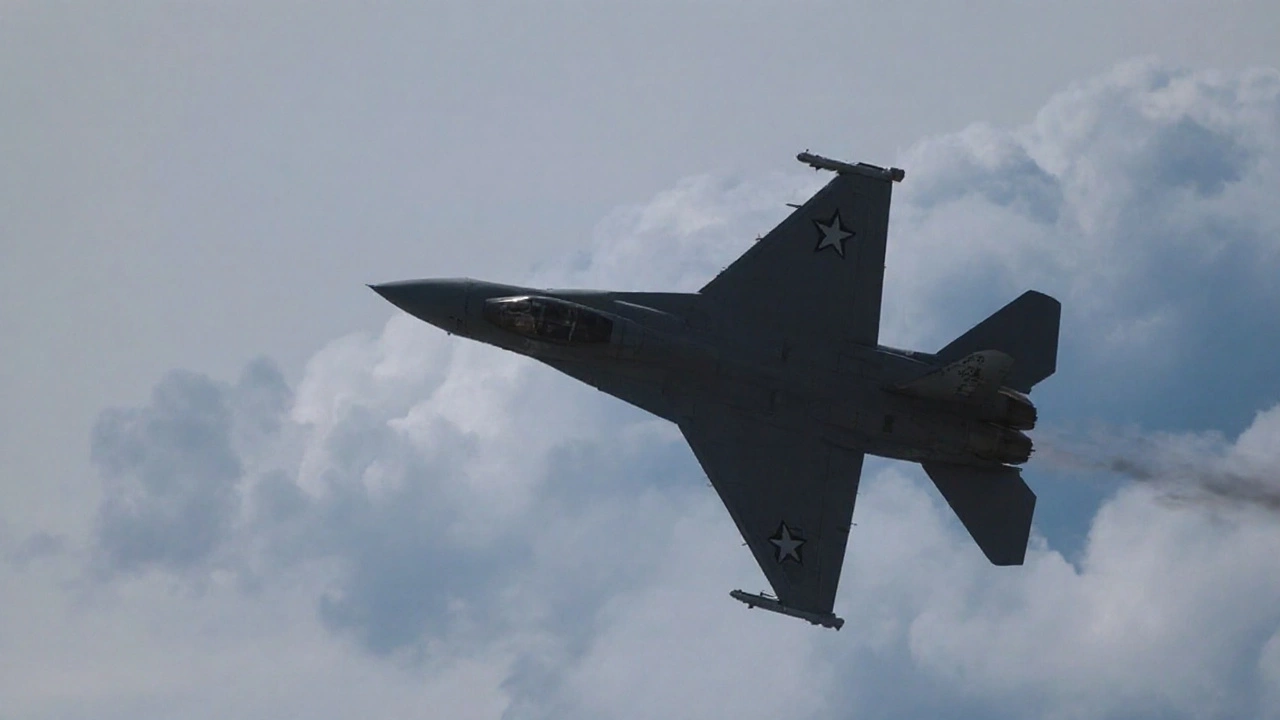Russian Aircraft Intercepted Over Alaska: NORAD Scrambles Jets for Ninth Time This Year

What triggered the latest Alaska intercept?
In the early hours of Wednesday, radar feeds at North American Aerospace Defense Command (NORAD) picked up a quartet of Russian military aircraft operating close to the Alaskan panhandle. The formation included two aging Tu‑95 strategic bombers paired with two agile Su‑35 fighters, a combination that signals both a show of force and a capability to conduct long‑range missions.
According to NORAD officials, the planes entered the Alaskan Air Defense Identification Zone (ADIZ), a strip of international airspace that serves as a buffer around U.S. and Canadian territories. While the ADIZ does not constitute sovereign airspace, any aircraft flying within it must be identified and, if necessary, intercepted to ensure national security.
The response was swift and multi‑layered. An E‑3 AWACS surveillance aircraft took to the skies to maintain a real‑time picture of the intruders. Four F‑16 fighter jets were launched from nearby bases, and four KC‑135 tanker aircraft were positioned to provide refueling support if the interceptors needed to stay on station for an extended period. The entire operation was designed to verify the Russian aircraft’s intent and demonstrate NATO’s readiness.
Russian aircraft remained well within international waters throughout the encounter, never crossing the 12‑nautical‑mile limit that would constitute a breach of U.S. or Canadian sovereign airspace. After a brief visual identification, the Russian jets altered course and departed the ADIZ without incident.
Why the surge in Russian flights near Alaska matters
This incident is not isolated. It marks the ninth time this year that Russian aircraft have been intercepted near Alaska and the third such occurrence in roughly a month. Military analysts view the pattern as a deliberate test of the North American air‑defense network, especially as Russian President Vladimir Putin seeks to project power in contested regions.
Beyond Alaska, NATO has reported a string of similar provocations across Europe: drones over Poland, fighter jets near Estonia, and an unexplained swarm of unmanned aerial systems that forced the temporary shutdown of four Danish airports. These actions have prompted NATO to issue stern warnings, stating that any further incursions will be met with “all means” at its disposal.
The Alaskan intercept underscores the strategic importance of the Arctic corridor, a region where melting ice is opening new shipping lanes and potential resource extraction sites. Both the United States and Russia have ramped up military infrastructure in the far north, turning what was once a remote frontier into a theater of geopolitical competition.
Experts suggest that the frequency of these flights could be a signaling exercise, intended to gauge how quickly NATO can organize a coordinated response. The involvement of high‑end platforms like the Su‑35—known for its advanced avionics and heavy armament—adds a layer of seriousness to the messaging.
In response to the broader pattern, NATO’s Secretary General has called for heightened vigilance within the alliance’s integrated air‑defense system, urging member states to share real‑time intelligence and to conduct regular joint exercises. The goal is to keep the deterrent posture credible while avoiding accidental escalations.
- Assets deployed: E‑3 AWACS, four F‑16 fighters, four KC‑135 tankers
- Russian aircraft: two Tu‑95 bombers, two Su‑35 fighters
- Location: Alaskan Air Defense Identification Zone, near the British Columbia border
- Outcome: Interception completed without breach of sovereign airspace
The incident serves as a reminder that, even in regions far from traditional flashpoints, the dynamics of great‑power competition are increasingly visible. As the Arctic becomes more navigable and the geopolitical stakes rise, expect the skies above Alaska to remain a focal point for future encounters.




